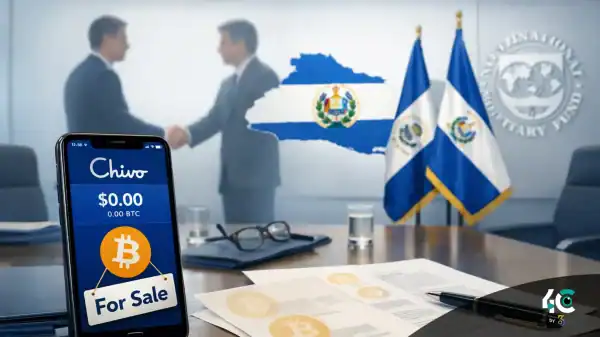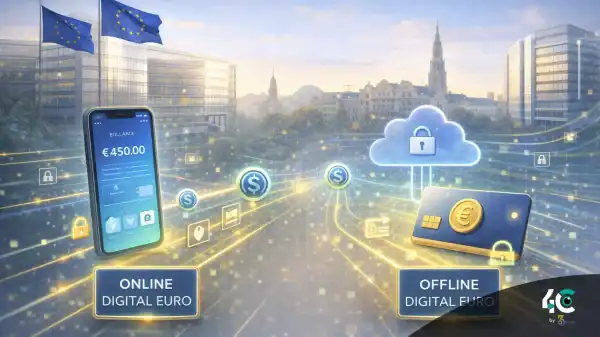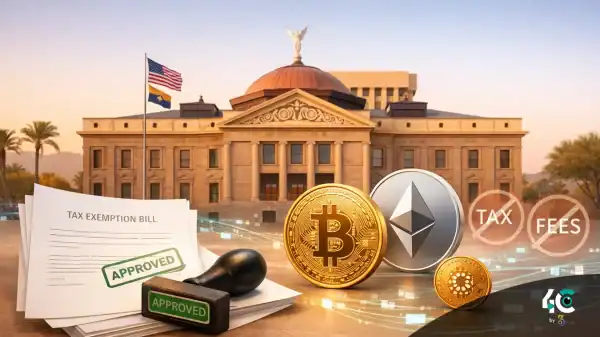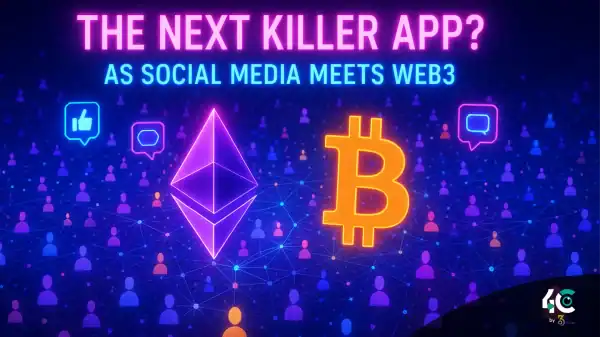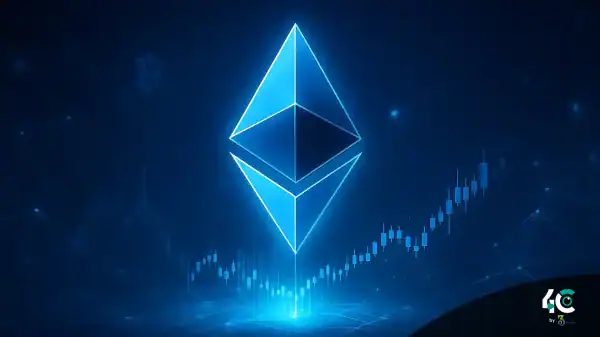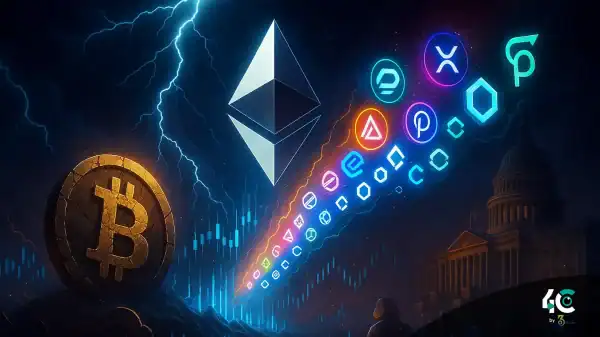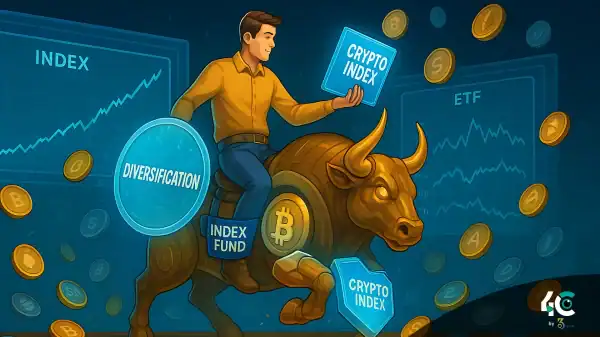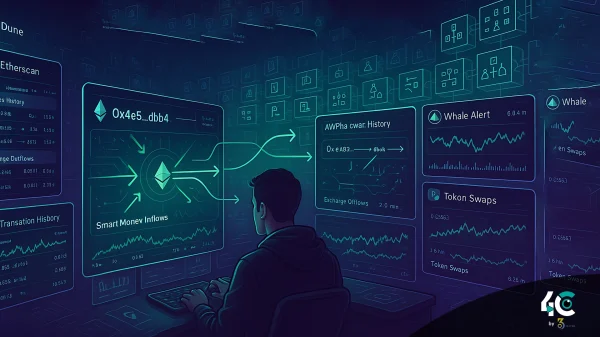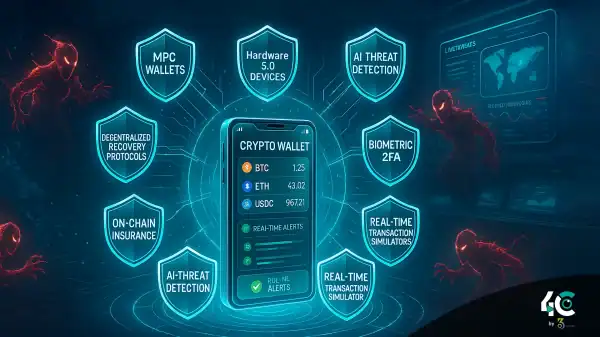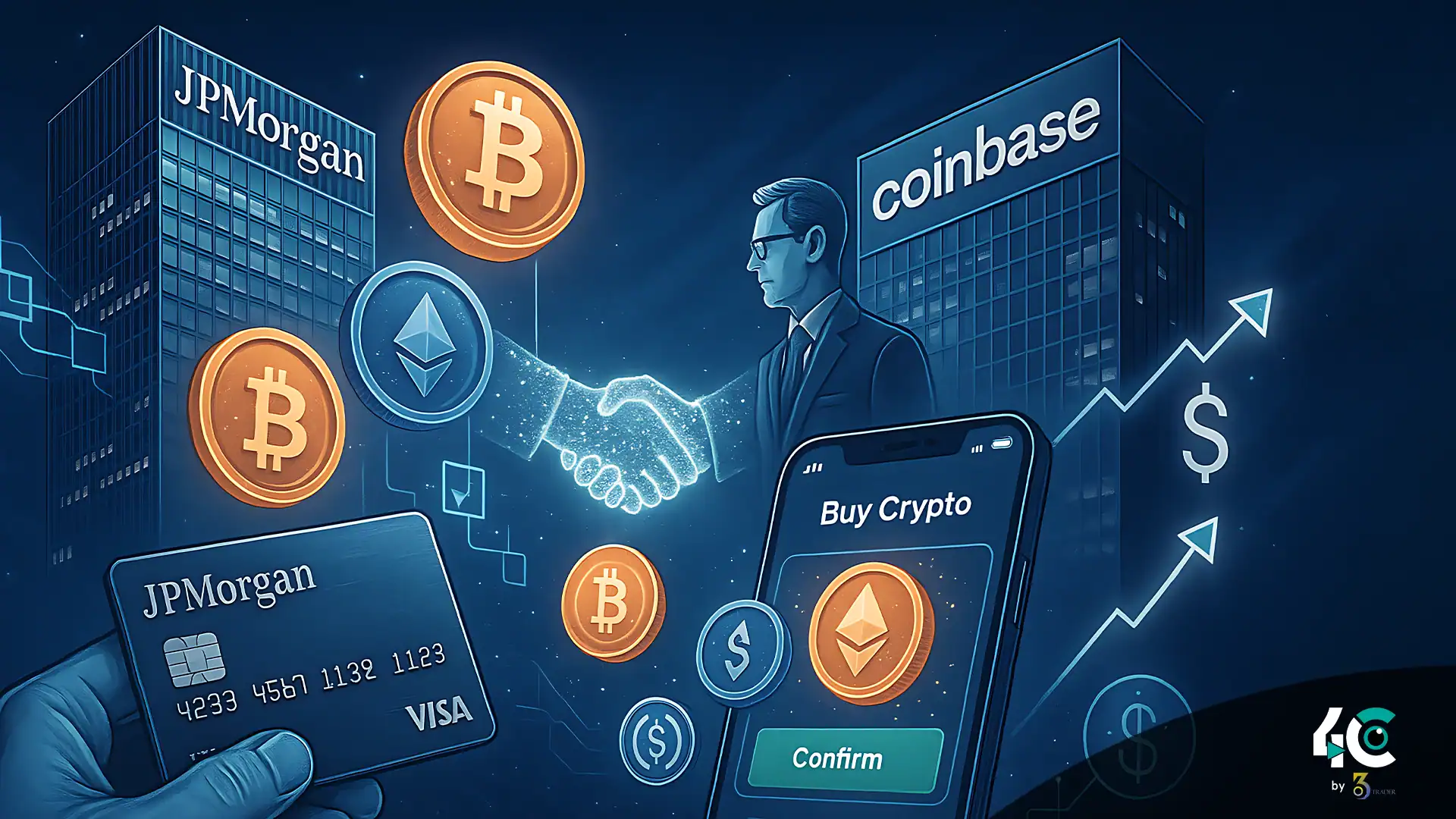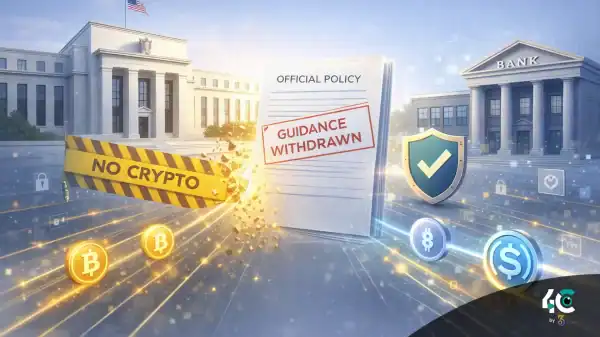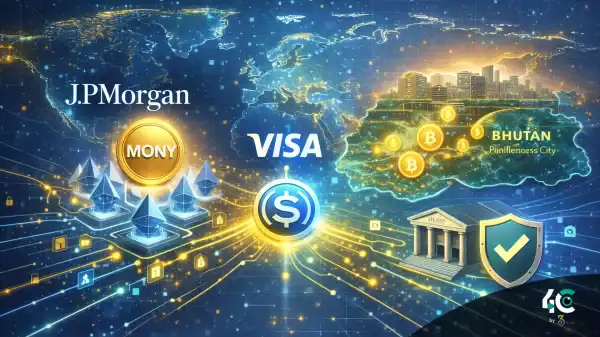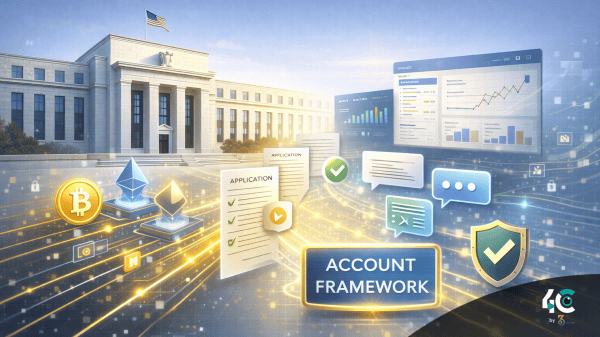In a move signaling deeper institutional support for crypto, JPMorgan Chase is joining forces with Coinbase to roll out new cryptocurrency features for Chase cardholders and bank customers. Starting in fall 2025, Chase credit card users will be able to purchase crypto directly through Coinbase, streamlining access for millions.
The collaboration marks a major shift in how traditional banking and digital finance intersect. In 2026, Chase users will also gain the option to redeem Chase Ultimate Rewards points for USDC, a dollar-pegged stablecoin. This will be the first time a U.S. credit card reward program allows conversion of points into cryptocurrency.
Customers will receive $1 worth of USDC for every 100 points, integrating crypto utility into everyday finance. The initiative positions stablecoins as a practical bridge between fiat currency and digital assets, especially for users new to the crypto space.
JPMorgan’s changing stance on crypto is clear. While CEO Jamie Dimon has historically criticized digital currencies, the bank is embracing blockchain more actively. Earlier in 2025, Dimon confirmed interest in stablecoins and teased future offerings like Bitcoin- and Ethereum-backed loans—subject to regulatory approval.
This Coinbase partnership is a direct response to rising demand for seamless crypto transactions and the growing pressure on banks to adapt. With over 20 million Chase users, the integration could bring mass adoption a step closer, removing the need for third-party wallets or complex onboarding.
Coinbase has made similar strides with other U.S. banks like PNC, and this partnership solidifies its role as a trusted gateway for institutions entering crypto. Following the announcement, Coinbase stock rose by 3%, reflecting market optimism over deeper Wall Street engagement in digital assets.
At the center of this deal is USDC, a transparent and regulated stablecoin fully backed by U.S. Treasury reserves. Tying USDC to a mainstream rewards system could redefine how consumers view stablecoins—not just as a trading tool, but as a trusted digital dollar alternative.
This landmark partnership could reshape how consumers save, spend, and invest in a financial world that is rapidly digitizing.


